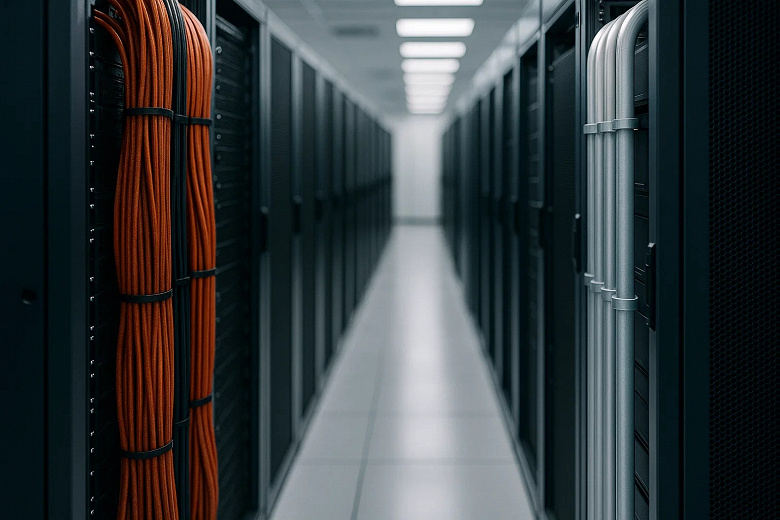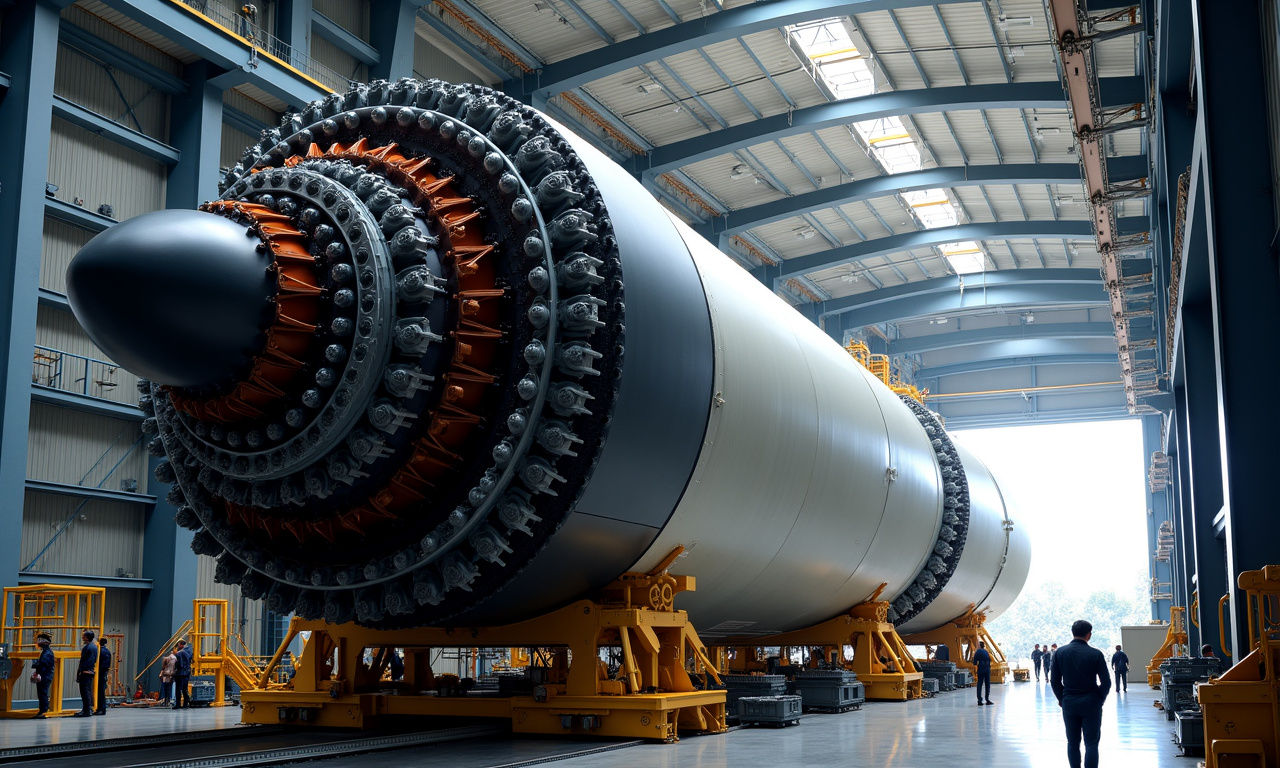Over recent years, the typical power capacity of individual racks in data centers has grown from tens of kilowatts to 200 kW. According to the CEO of Veir, Tim Heidel, it is expected to reach 600 kW in the next couple of years and then 1 MW. He noted that the company is already in discussions with operators designing infrastructure for racks with multi-megawatt loads. At these levels, even low-voltage copper cables become problematic as they occupy too much space and generate excess heat. Veir proposes bringing its superconducting cable system inside data centers, effectively optimizing energy delivery. The first product is a cable system designed to transmit 3 MW of low-voltage power. According to the company, this will provide “a huge amount of power in a very small space,” reducing the volume occupied by approximately 20 times compared to copper cables and transmitting power over distances five times greater than traditional solutions.  Illustration: Sora
Illustration: Sora
Superconductors are a class of materials that conduct electricity without energy loss at sufficiently low temperatures. They need to be cooled significantly below 0 °C to operate. Veir sources superconducting materials from specialized suppliers and encases them in a hermetic shell filled with circulating liquid nitrogen. This maintains a temperature of around -196 °C, at which the material transitions into a superconducting state. Terminal boxes are installed at the ends of the lines, providing the transition from the superconducting section to regular copper cables within the data center infrastructure.
Initially, Veir developed superconducting solutions to enhance the capacity of main power transmission lines. However, energy companies remain cautious and are slow to adopt new technologies, while the data center industry is expanding rapidly, constrained not only by connection to the external grid but also by physical limitations within their own sites. Heidel stated that in recent years, potential clients increasingly articulate a demand not only for solving connectivity issues with energy systems but also for efficiently supplying significant power within campuses and buildings.
To demonstrate the technology’s viability for such tasks, Veir constructed a test site next to its Massachusetts headquarters, simulating a data center infrastructure. Pilot implementations in real facilities are planned for next year, with the commercial launch of the product expected in 2027.









